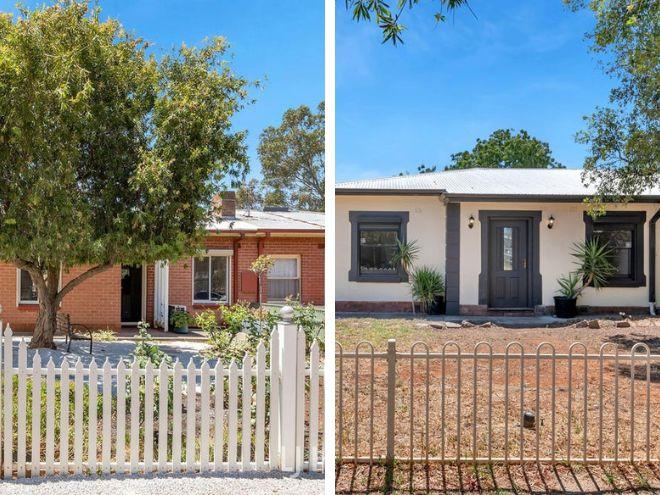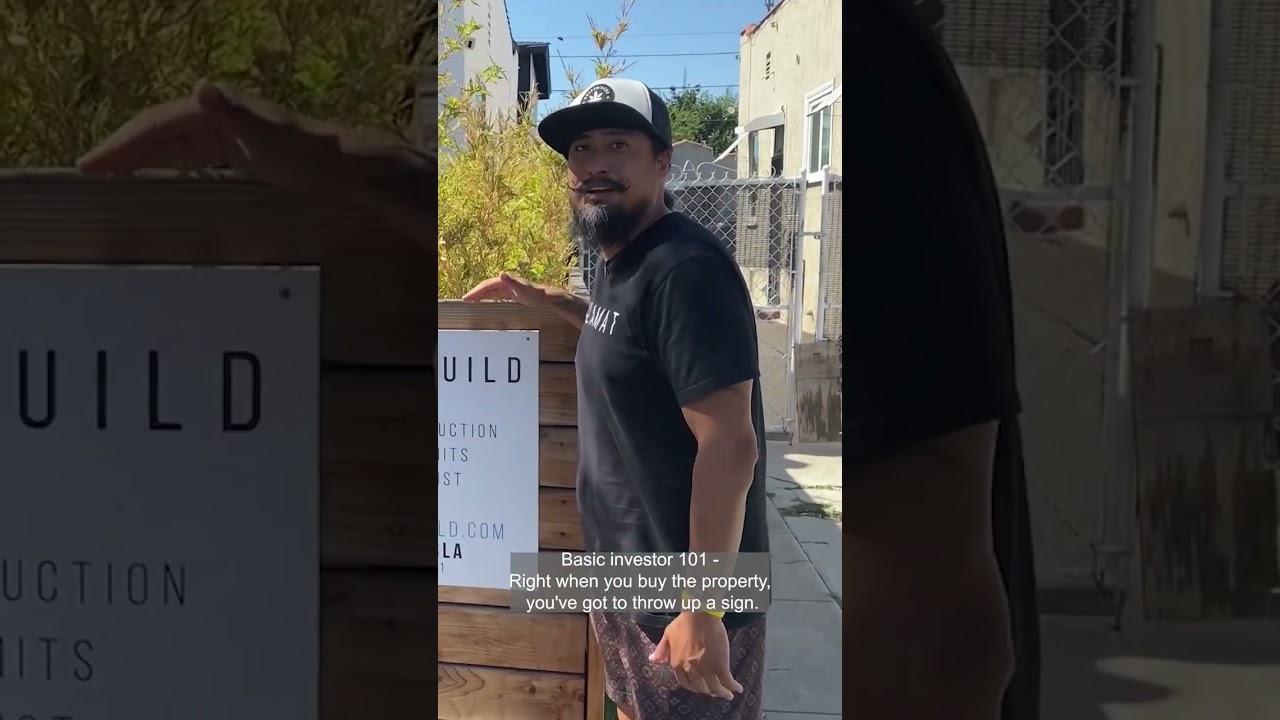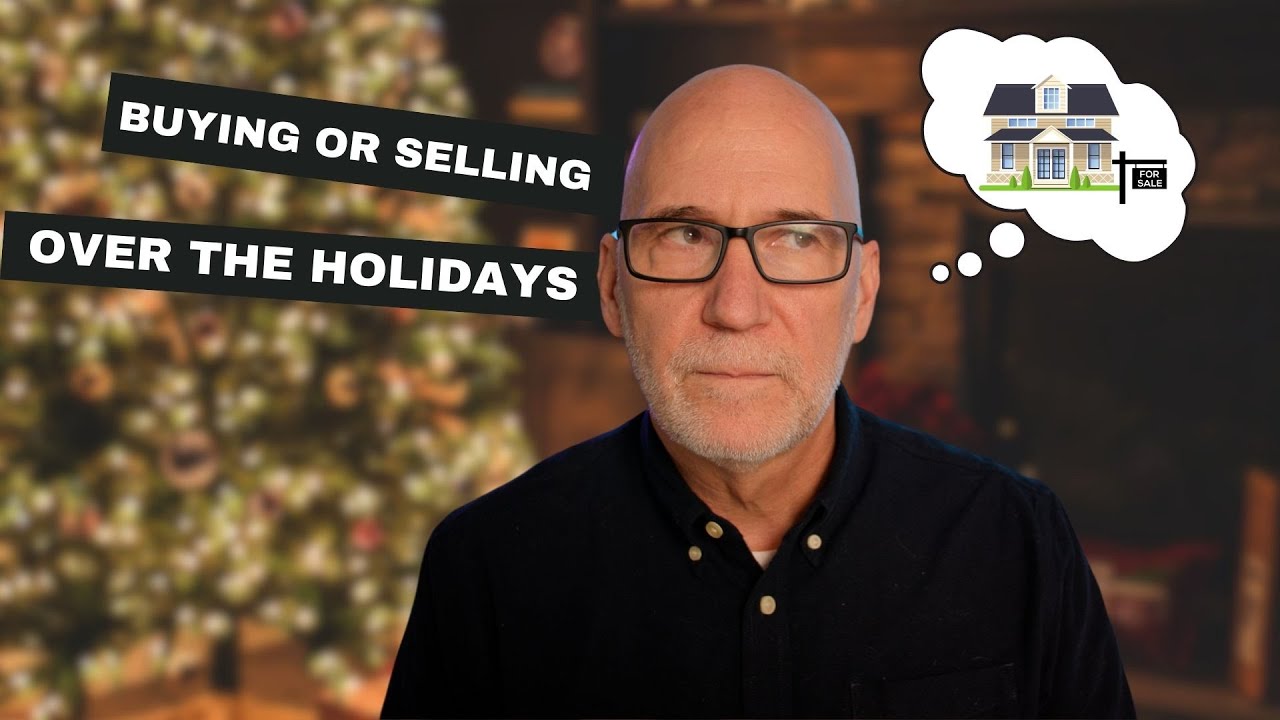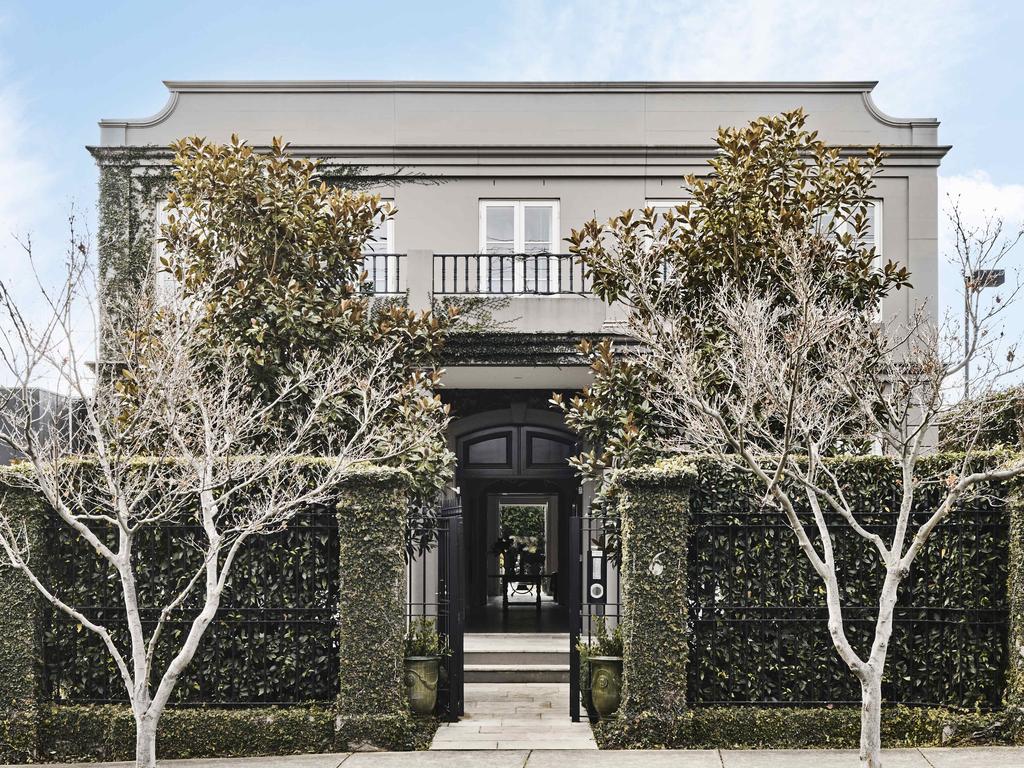
Adelaide families earning less than $170,000 can no longer afford a house in the majority of the city’s suburbs.
There are just six areas left where a family can buy a house without a six-figure income: Elizabeth Grove, Elizabeth Downs, Elizabeth South, Elizabeth North, Davoren Park and Smithfield Plains.
But new figures from Finder show when it comes to buying a home, a $170,000 household income is the minimum salary needed to afford a house in 202 of the 366 greater Adelaide suburbs assessed.
There were also eight areas where buying a house requires buyers to earn at least $400,000 a year, two where an income of at least $500,000 was needed, and one suburb – Medindie – where families require a combined income of at least $600,000.
SEE FULL LIST OF SUBURBS BY INCOME YOU NEED TO BUY A HOME
Even buying Adelaide’s $795,000 median priced house requires buyers to be earning at least $161,697 a year, if they intend to purchase with a 20 per cent deposit and a thirty year loan at today’s 6.33 per cent typical variable interest rate.
And the city’s typical $540,000 unit price is out of reach for those earning less than $$109,832.
RELATED
Lose $23k+ in a year: Warning for any 2025 home investor
Sliver of hope for Adelaide homebuyers
Listed: Every housing hand-out you can get
Finder.com.au spokesman Taylor Blackburn says home ownership is moving more and more out of reach for many.
Finder personal finance specialist Taylor Blackburn said the money needed to buy a home was well above the average salary, where people maintained a 30 per cent cap on the income spent on their mortgage — a margin above which is considered to be mortgage stress.
“If you aren’t lucky enough to have the bank of mum and dad on your side – or a significant savings to begin with – home ownership is moving more and more out of reach for many,” Mr Blackburn said.
“If prices don’t ease, we might continue to see more property concentrated in the hands of fewer people.”
Moneycat Finance chief executive Evan Davis said he was having difficult conversations with some would-be buyers as they discovered their reality and their expectations were “very poorly aligned”.
“A lot of Australians are finding it quite hard to buy without support, be it the bank of mum and dad or government programs,” Mr Davis said.
“One thing we are regularly telling clients is that they may not be able to afford to buy where they want to live, so they are being told about rentvesting. We are telling some of them to buy interstate in more affordable areas, and rent where they want to be.”
MORE NEWS: ‘It’s a sad story’: Single mum lists home after arson attack
31 Smitham Street, Elizabeth Grove has been listed with a price guide of $440,000 to $480,000 and would require buyers to earn just over $100,000 a year.
It’s a similar story for 10 Jeffries Road, Elizabeth South which has been listed with a price guide of $449,000 to $499,000.
Amy Lunardi Property buyer’s advocate Amy Lunardi said most young home buyers were today locked out of houses in the suburb they grew up in.
While some younger ones opt for apartments or townhouses, those with or planning to have children are taking on 20-30 minute increases in their daily commute to get a house.
“First-home buyers are accepting they can’t buy into where their parents live,” Ms Lunardi said.
“A lot of these suburbs, to buy a house in these areas they are older families selling another home or people with intergenerational wealth — someone helping with the deposit.”
The buyer’s advocate added that for many, buying solo was extremely difficult and there were some people earning good wages in their 30s but waiting to see if they got a partner in the hopes a second income would bolster their prospects.
While a change to stamp duty thresholds would help some buyers, Ms Lunardi said an increase in housing supply was key for addressing the affordability crisis.
MORE NEWS
Granny flat fever hits SA market






